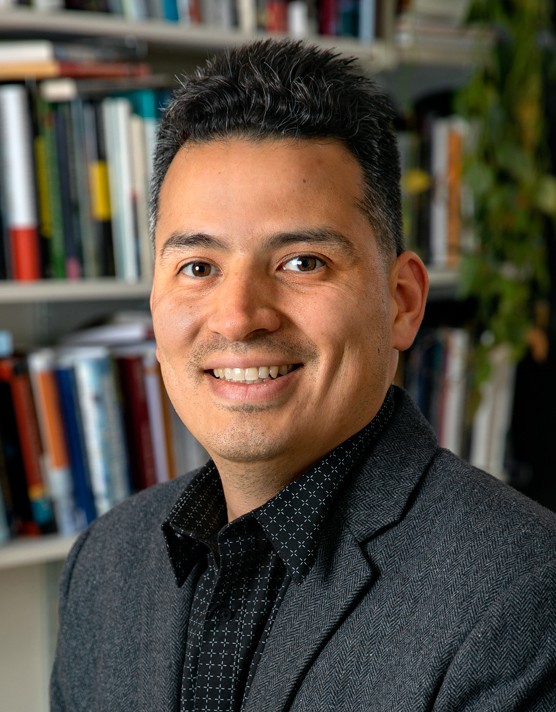Kids from tough neighborhoods more likely to become obese as adults
By James Dean
Children growing up in disadvantaged neighborhoods are nearly one-third more likely to experience obesity as adults, new Cornell research has found.
The risk of that outcome is strongest for teens, according to the study by Steven Alvarado, assistant professor of sociology in the College of Arts and Sciences and author of “The Indelible Weight of Place: Childhood Neighborhood Disadvantage, Timing of Exposure, and Obesity Across Adulthood,” published in the July issue of Health & Place.
The research offers a more precise and longer-term view than previously available of the lasting influence a neighborhood can have on unhealthy weight gain.
“Growing up in a disadvantaged neighborhood sticks with you, and can have a negative impact on one’s health through increasing one’s chance of obesity in adulthood,” Alvarado said.
Among respondents followed in the data across different age ranges, that chance is 13% greater among children up to age 10 who live in disadvantaged neighborhoods, and 29% higher for kids aged 11 to 18, according to Alvarado’s analysis. Overall, the odds rose 31%.
“Almost a full one-third increase in the odds is significant,” he said.
Alvarado studied a pair of datasets from the U.S. Bureau of Labor Statistics’ National Longitudinal Survey of Youth, which he linked to data from census tracts. Access to the NLSY data is highly restricted to preserve survey participants’ anonymity.
The NLSY 1979 cohort of mothers and the NLSY Child and Young Adult cohort provide information on census tract location, health, education, income and other factors experienced by mothers and their children. For this analysis, Alvarado extracted data spanning 28 years, from 1986 to 2014.
Alvarado defined “disadvantaged” neighborhoods based on seven variables, including median income and home values and the percentage of residents who were living in poverty, unemployed or had earned bachelor’s degrees.
But measuring a neighborhood’s association with adult outcomes including obesity is complex. Researchers must consider “unobserved” factors not included in their data that might explain any association between childhood neighborhoods and obesity in adulthood.
Genes, for example, or high parental stress levels associated with household instability might be more responsible for children’s later weight gain.
Alvarado accounted for these factors by comparing siblings. The siblings largely shared the same genes and parenting habits but may have experienced different neighborhood circumstances growing up, because their families moved or their neighborhoods changed over time between sibling births.
He also looked at first cousins, to capture the influence common grandparents might have had on children’s health and where they lived.
Alvarado’s study is the first to adjust for criteria such as grandparents’ experiences in segregated schools and neighborhoods, while exploring the link between growing up in tough neighborhoods and adult obesity.
It also expands upon previous research by analyzing a larger, national sample that included respondents from every racial and ethnic subgroup, and that tracked obesity in adulthood over a longer timeframe – to age 42 – during a period coinciding with the national rise in obesity.
Alvarado said his findings highlight a continued need to broaden thinking about obesity beyond an individual’s genes or unhealthy habits.
“We must continue to consider the context in which individuals are making decisions, the neighborhood resources that could serve as catalysts or suppressors for any genetic predispositions toward obesity in adulthood,” he said.
Policymakers seeking to reduce adult obesity, he said, may want to consider targeting teens – the most sensitive age group – for neighborhood-based interventions. Those interventions, he said, could range from creating places for kids to exercise and play to improving nutritional education and sources of healthy food.
In a 2016 analysis using some of the same data, Alvarado found that teens in tough neighborhoods faced a higher risk of obesity. His new research shows the problem doesn’t end there.
“There’s now an extended view,” he said, “an extended understanding of how neighborhoods get under the skin and stay under the skin for a long period of time throughout one’s lifetime.”
Media Contact
Get Cornell news delivered right to your inbox.
Subscribe

